The rule of space, also known as “lead room” or even as the “rule of gaze” in some photography scenarios, isn't as well known as other compositional rules such as the rule of thirds. However, many photographers intuitively use this rule in their photos without even realizing why.
Simply stated, the rule of space involves creating negative space that directly relates to your subject in some way.
While in practice, the rule involves the use of actual space in a photo, it is really used to convey an idea or an implied movement, action or thought. Since everything that is in a photo should be there for a reason and should relate to the subject, the presence of space in a photo doesn't automatically mean that the rule of space was being consciously utilized.
Empty space in a photo that doesn't in some way support the composition and relate to the subject can actually ruin what had the potential to be a good photo.
Implying Movement and Speed
The rule of space is a wonderful way to convey movement and speed in your subject.
In the following example of the cyclist, there is a deliberate space left in front of her. This gives the viewer a feeling that the subject is moving and is heading into the “active” space in front of her. There is space for her to move into.

In this example, also a cyclist, we have a slightly different angle of view but the same rule is at work. The space in front of the cyclist combined with the fact that we are looking up at the bicycle conveys both movement and perspective, and lets us know that the bike is soon to be on its way down.
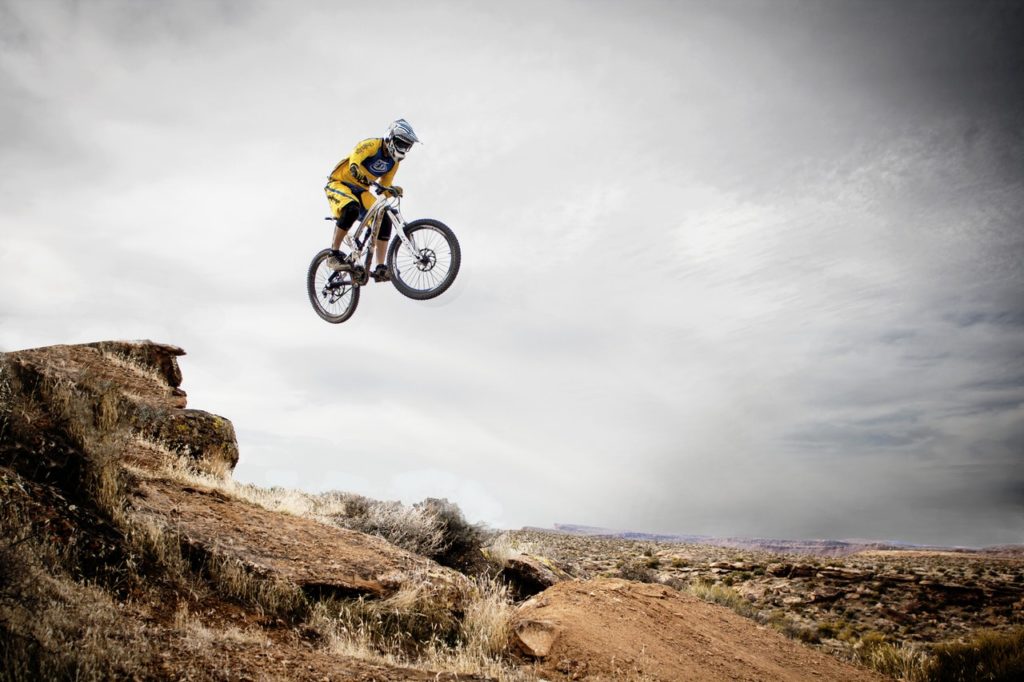
This photo is an excellent example of the rule of space conveying movement and speed. Everything but the top part of the cyclist is blurred and converging into the background. There is an active space in front of the cyclist that lets you know that the bicycle will be moving into that space.
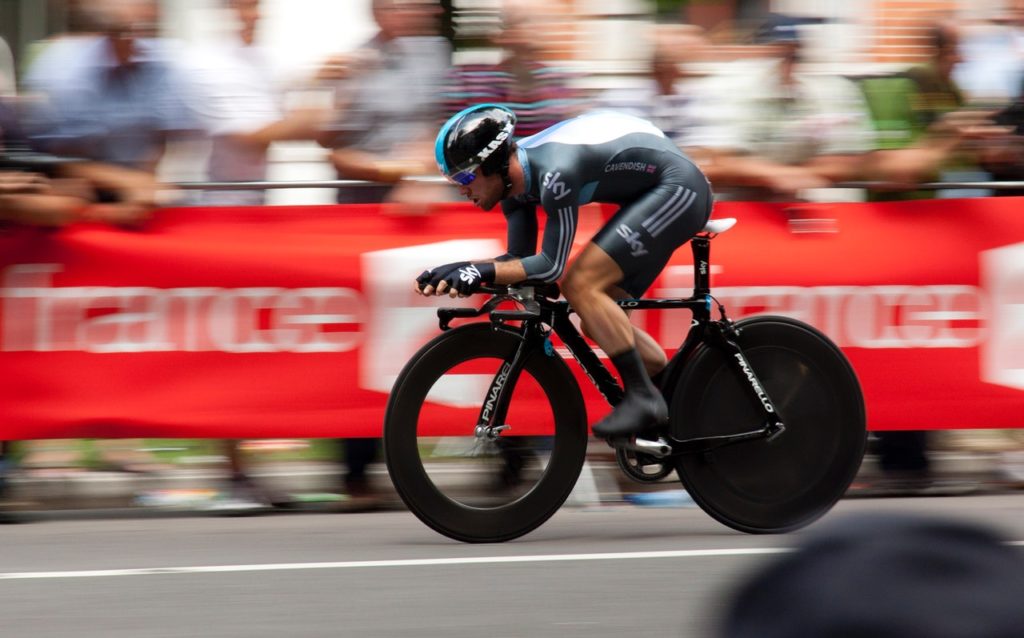
The rule of space can be used to convey where the subject has been as well, rather than where they are going. In this example, there is quite a bit of dead space behind the cyclist and very little active space visible in front of her. She is peddling away from the camera and we even see wet tire marks in the dead space showing her previous location in space.

What is the Subject Gazing At? What are They Thinking?
One common way to add depth and intrigue to a portrait where the subject is not looking directly at the camera, is to add some negative space in the direction of the subject's gaze. There should be enough space for the subject to look into and not appear crowded. Viewers of the photograph will naturally also look into this space and wonder what might be going on outside of the photograph. For example, if the subject is smiling and looking off in the distance the viewer will wonder what she is smiling at.
This portrait of a homeless man in Portugal is a great example of the rule of space, or rule of gaze, at work. He is holding up what appears to be a small cardboard box, presumably asking for money, and looking off-camera somewhere…perhaps at a random passerby on the street?
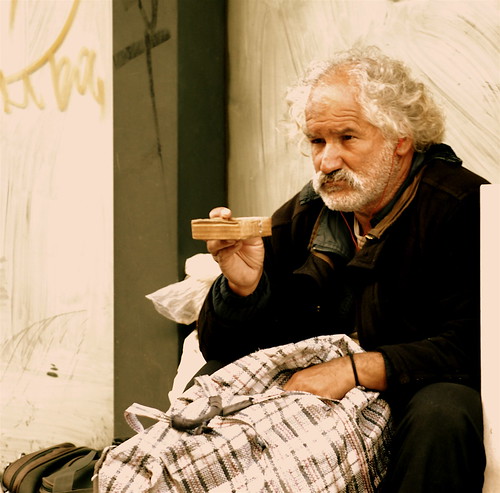
Homeless by pedrosimoes7, on Flickr
In this photo of a cat looking to its side, we are left to wonder what is going in the direction of its gaze. Without the negative space on the right, this photo would have much less impact.
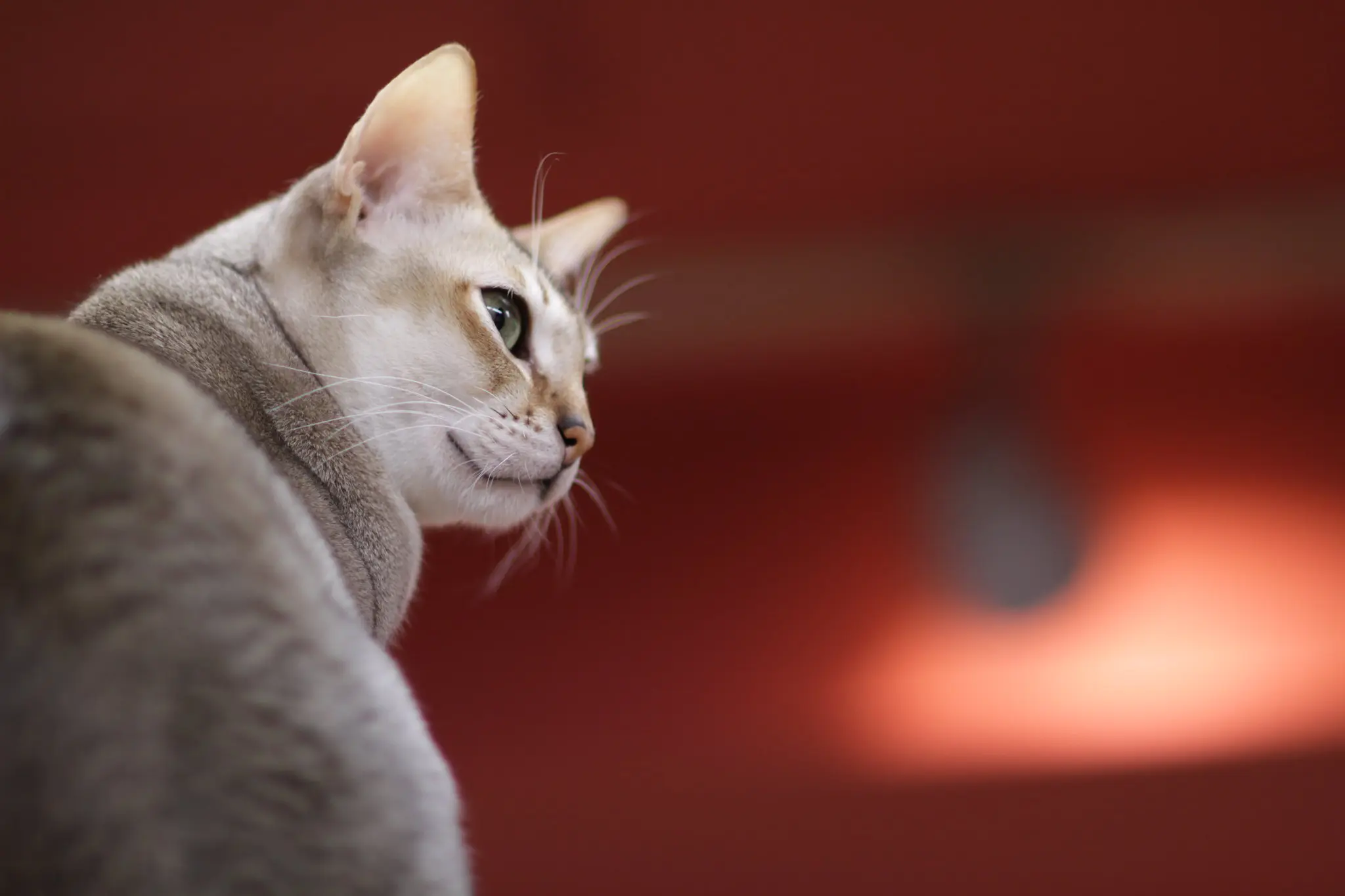
Beauty of looking around by Takashi(aes256), on Flickr
The rule of space can also convey a sense of the subject turning away from something by utilizing the dead space opposite the subject's gaze. In this photo, the little girl appears to be clinging to the wood and almost hiding behind it. Behind her are undefined shadows.

The Hidden Beauty! by VinothChandar, on Flickr
Creating a Sense of Size and Perspective
The rule of space can be used to imply a sense of size or perspective. In this photo, which could also technically suggest movement as well, the large and fairly nondescript negative space around the horses conveys a feeling of vastness and grandeur in the environment while making the horses appear smaller.
Two equestrian riders by mikebaird, on Flickr
Here is another good example of using the rule of space to suggest size relationships. Birds are already perceived as small through our eyes generally, but this photo does a good job of emphasizing this.

Minimalism – 4 (Birds of the Line) by Yogendra174, on Flickr
Here is an even more dramatic example. The bus would appear large to us if it were close. The large amount of negative space around it shows how small it really can be comparatively.

bus to nowhere by Victor Bezrukov, on Flickr
Perhaps you have already been admiring the rule of space and even using it in your photography, either consciously or unconsciously. Whatever the case may be, incorporating this rule of composition will surely improve the impact of your photos.
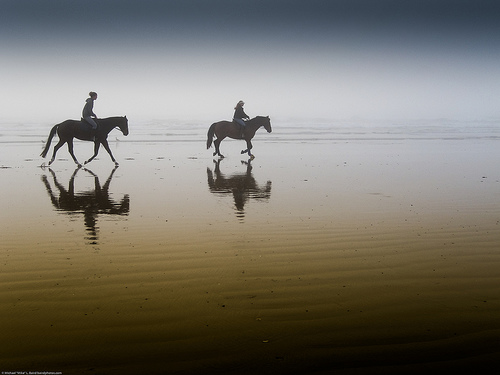

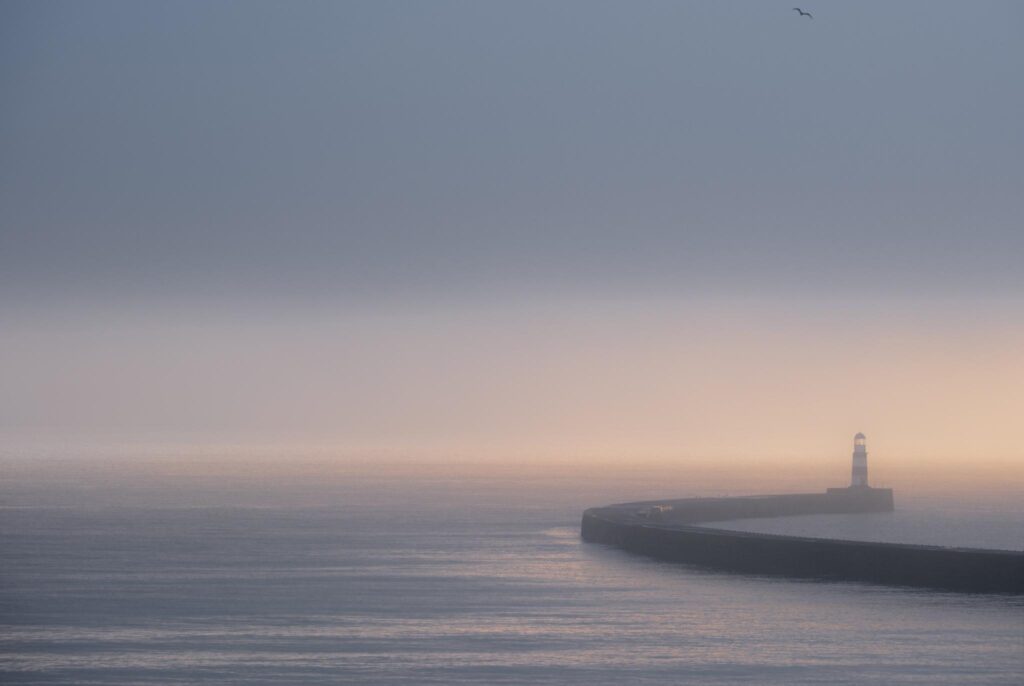
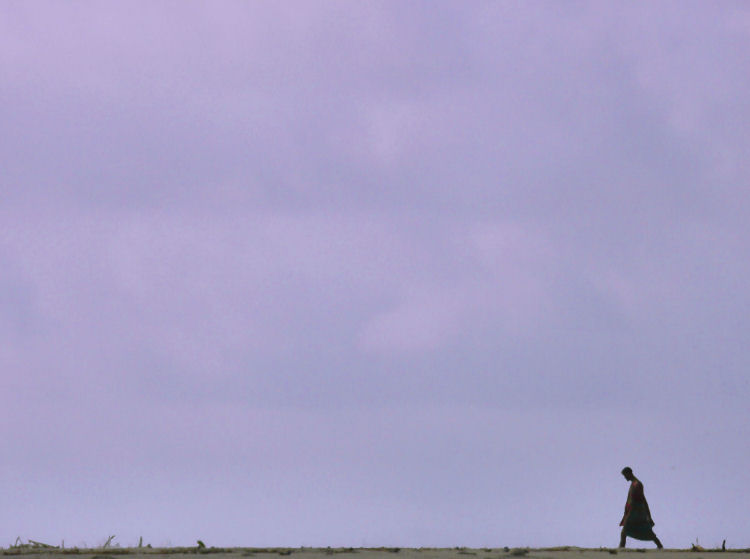

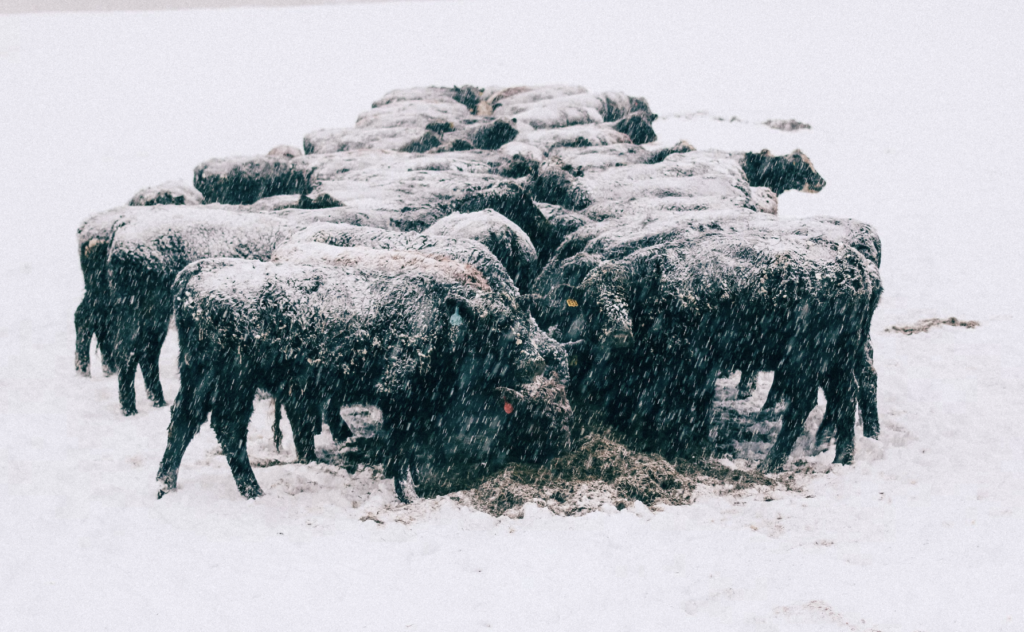
3 Comments
Good article..
It is interesting, that you see the ball in the mid-air as though it was going to move forward and down. To me, it is going to do just the opposite, i.e. it is trying to escape from view by flying up toward the upper left corner. I would say, that this is because the ball is roughly on the diagonal, which makes it look dynamic, but it is also slightly shifted to the left off the nearest strong point (crossing of the third lines), yet only slightly, so that it seems to suggest that it has left this point only a fraction of while ago, hence indicating the leftward direction of its motion.
Indeed a good article on simple technique of composition.
Well explained with beautiful images…